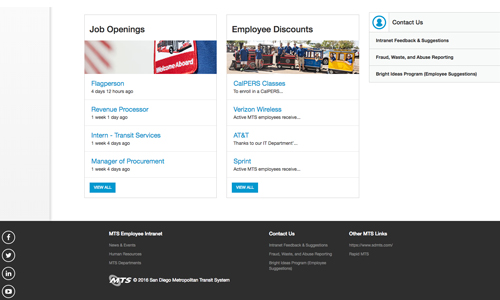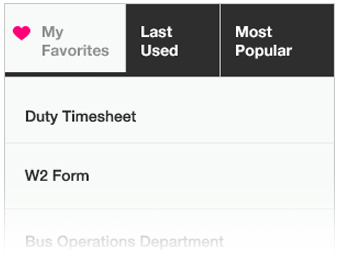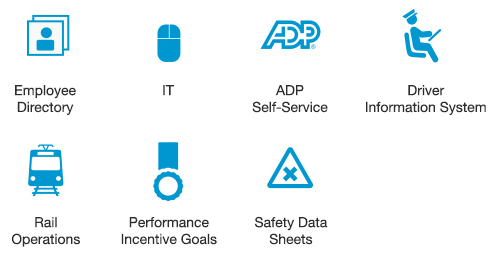You are here
Overcoming the Budget Deficit
Creating new revenue streams: MTS locked in a 30-year, $36 million naming rights agreement with UC San Diego Health Systems to boost non-fare revenue/ Ridership has gone down the last couple of years creating a decline in revenue. Now the MTS budget is following the downward trend.
Every year MTS builds its budget from scratch. It’s called zero-based budgeting. To do it, we anticipate all expenses and all revenues. At the end of the year, expenses must equal revenues. When we built our FY 2018 budget, we projected a $6 million shortfall, which we will backfill with revenues taken from our Capital Improvement Program. This is not a sustainable practice, so the executive team is looking at long-term solutions to increase revenues.
The current situation:
MTS has a $6 million budget gap that needs to be addressed. Many of the decisions being made now will have a long-term impact on the future of our agency. Understanding how we got to this point and what steps our executive leadership is taking is very important to know. “We continue to look at expenses and tighten the belt,” said Larry Marinesi, MTS chief financial officer. “We planned for fluctuations in ridership, but this drop goes beyond that. It’s a national trend that transit agencies are grappling with. If MTS had the same ridership trends from a couple years ago, we would be fine.”
What created the unexpected budget shortfall?
Declining ridership was the main contributor. One of our primary sources of income is the fares we collect from our passengers. This makes up about 36.3 percent of our annual budget. We’ve seen back-to-back years of declining ridership, which means less fare revenue. In FY 2017, MTS logged approximately 88 million passenger trips – about 4-5 million less than the previous year, and the lowest since 2012.
Why is ridership down?
Rather than a single item, it’s a series of factors all coming together at once:
- Economy The DOW Jones Industrial Average has hit record highs and recent strong employment numbers mean more people have the money to purchase cars.
- Boost in Car Sales New-vehicle sales have set records in each of the last two years.
- More Car Owners Cheap financing and high inventory levels make it a favorable market for car buyers.
- Commute Times As home prices increase, people move further away from job centers and transit hubs for cheaper housing. Commute times are on the rise.
- More Drivers Since 2015, undocumented immigrants have been allowed to obtain drivers licenses – nearly 1 million new licenses have been issued.
- Cheap Gas Prices Gas prices have been on the decline over the last five years. San Diego gas prices, on average, have been below $3 per gallon for the last two years.
How can MTS overcome the budget shortfall?
There are two primary ways to overcome a budget gap – increasing revenue or decreasing spending. To fix the budget gap this year, the MTS Board voted to shift $5 million from the Capital Improvement Program to the general fund. “But that was a oneyear, short term fix. We have to figure out how to realign revenues with expenses,” said Paul Jablonski, MTS chief executive officer.
Jablonski added that MTS has some long-term strategies to help the budget get back on track. “MTS is trying to increase revenue by introducing a more efficient system of bus routes through the Transit Optimization Plan (TOP),” he said. “TOP will help make up for some of the ridership loss, but it will take some time to realize results - possibly in FY 2019 or later.” The reason it takes a while is that passengers need time to adjust to the new routes and schedules. Additionally, TOP will be implemented over a period of time, rather than all at once.
Another long-term strategy is boosting non fare revenue, like naming rights agreements. MTS locked in a 30-year, $36 million agreement in 2015 with UC San Diego Health Systems for naming rights on the Blue Line and three stations along the Mid-Coast extension. “We are always looking for new partners in naming rights agreements,” added Jablonski. “These agreements give us a stable source of revenue we can count on for years.”
Other options are through fare increases or workforce reductions. Fare increases haven’t been considered since 2009 at MTS. If MTS went down the path of seeking a fare increase, it would take some time, require different levels of approval and a public hearing process. As for reducing the workforce, Jablonski sees this as a last resort and favors focusing on how to improve the efficiency of the system to increase revenues.
Declining ridership can create uncertainty at any transit agency. At MTS, we have a short-term solution and a long-term strategy to address the budget shortfall and declining ridership. As long as we stay the course and continue running as efficiently and lean as possible, a positive outcome is anticipate

 Employee Directory
Employee Directory IT Help Desk
IT Help Desk ADP Self-Service
ADP Self-Service Driver Information System
Driver Information System Bus Operations
Bus Operations Rail Operations
Rail Operations Performance Incentive Program
Performance Incentive Program Safety Data Sheets
Safety Data Sheets





